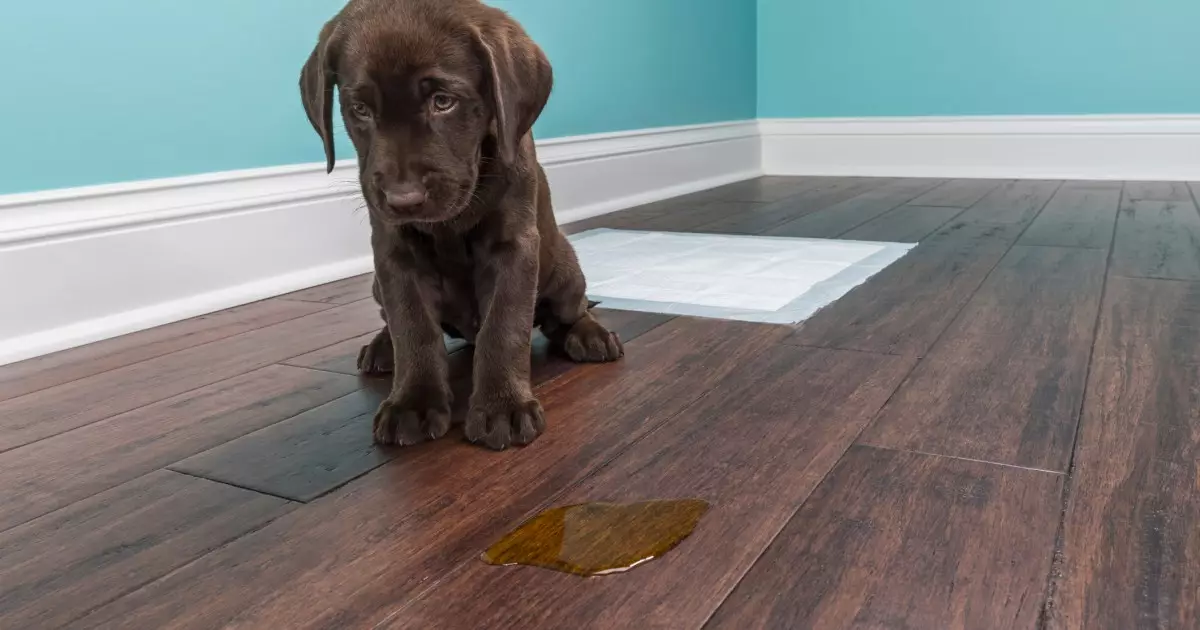Potty training a dog can feel like an overwhelming task for first-time pet owners. It might seem daunting at first, but with a structured approach and the right mindset, it can be a smooth journey. Dogs are more capable of learning than many realize, and the key to effective housetraining lies in consistency and positive reinforcement. In this article, we will explore the fundamental aspects of potty training your pup, addressing common misconceptions and offering practical advice to foster successful outcomes.
One of the first things any dog parent should embrace is the need for patience. Just like a child learning to use the toilet, your dog may not grasp the concept right away. When accidents occur, it’s crucial to remain calm. Yelling or punishing your pet does not help; rather, it creates confusion and fear. Instead, focus on the moment: if you catch your dog in the act, swiftly take them outside to reinforce that this is the correct location for their bathroom breaks. This helps your dog make the connection between doing their business indoors and the owner’s displeasure.
Now, let’s discuss one of the most effective strategies in dog training—positive reinforcement. Treating your dog with praise and tangible rewards, such as treats or affection when they successfully relieve themselves outside, speeds up the learning process. Dogs respond significantly better to encouragement than to reprimands. While the internet may showcase ‘guilty’ expressions on dogs, it’s essential to understand that they do not experience guilt in the same way humans do. They react to our emotions, and when they see you upset, they’re more concerned about your reaction than understanding their wrongdoing. Therefore, establishing a pattern of reward and praise builds a positive association with the desired behavior.
A well-structured routine is vital for your dog’s successful potty training. Pay attention to feeding times and make a note of when your dog tends to eliminate. Puppies, in particular, thrive on schedules. It’s advisable to allow them outside shortly after they eat or drink. Observing your dog’s habits will give you a clearer understanding of when they need to go, lessening the chance of accidents inside your home. Moreover, consider reducing water intake just before bedtime to minimize nighttime accidents, and always provide an evening outing before sleep.
When out in the elements, many dogs may feel hesitant about doing their business. Therefore, it is crucial to accompany your dog outside regardless of weather conditions. Your presence can alleviate their fears and reinforce that potty time is not only acceptable but expected, rain or shine. Use this time to offer praise immediately after they go, reinforcing the behavior you want to encourage consistently.
Learning your dog’s personal signals is another essential aspect of effective potty training. Look for signs that your dog needs to relieve themselves— these might include pacing, whining, sniffing around, or even excessive circling. By recognizing these behaviors promptly, you can take your pup outside before an accident occurs. Soon, you’ll develop a keen sense of when your dog wants to go, making and reinforcing successful potty outings a breeze.
Despite all your efforts, accidents can still happen. It’s critical to understand that even the best-trained dogs may falter occasionally due to illness, anxiety, or environmental factors. Instead of reacting with frustration, assess the situation with compassion. Frequent accidents after successful training might indicate health issues that require veterinary attention, from urinary tract infections to behavioral anxiety. Monitoring your dog’s behavior not only aids in assessing their potty training success but can also assist in identifying any underlying problems that need a professional’s evaluation.
Ultimately, potty training your dog is a unique journey tailored to your specific pup. Every dog will have different learning speeds and styles, but rest assured, with consistent practice, patience, and timely praise, training will become part of your dog’s routine. Remember, you are their guide, and through your positive reinforcement techniques, your furry companion will soon be mastering the art of outdoor bathroom etiquette. With dedication, you’ll find that house training is a rewarding experience, both for you and your four-legged friend. Embrace the process, stay committed, and enjoy the time spent together as you move towards success.

